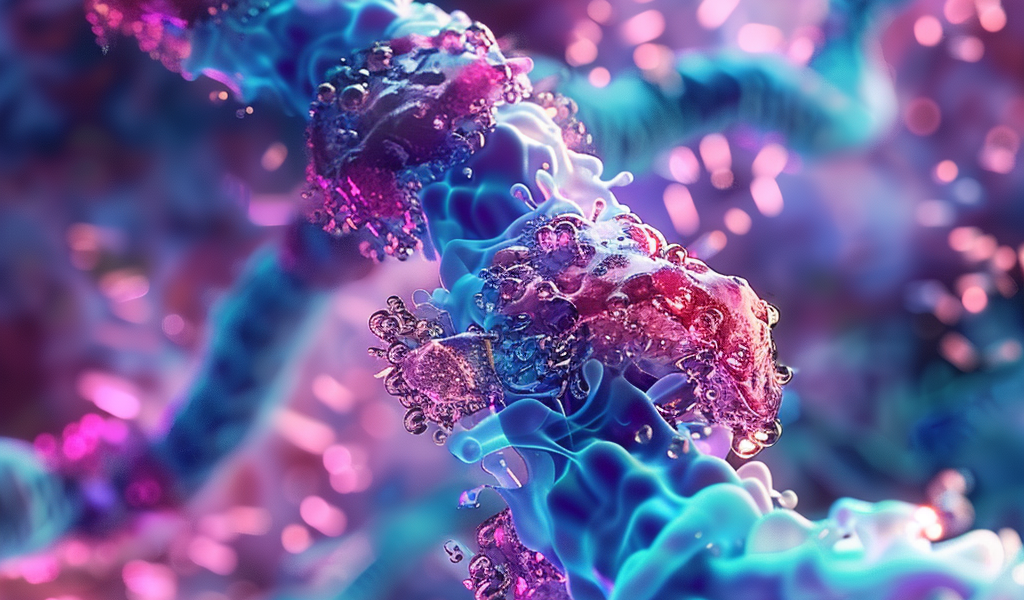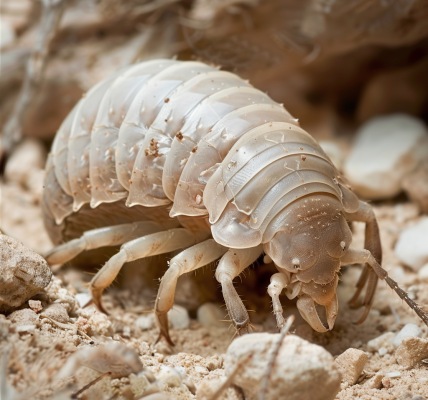Researchers at Rice University have made significant progress in unraveling the mechanisms behind chromosome structure development throughout the cell’s lifecycle. Their recent study, published in the Proceedings of the National Academy of Science, delves into the motorized processes that actively shape chromosome organization.
The study, led by Peter Wolynes, a professor at Rice University, sheds light on how motorized processes impact chromosome structures and cellular functions. Wolynes, who is also the D.R. Bullard-Welch Foundation Professor of Science, Chemistry, Biosciences, Physics, and Astronomy, as well as the co-director of the Center for Theoretical Biological Physics (CTBP), introduced two types of motorized chain models: swimming motors and grappling motors.
Swimming motors, akin to RNA polymerases, assist in expanding and contracting the chromatin fiber during gene decoding. On the other hand, grappling motors bring distant chromatin segments together, forming essential long-range correlations to maintain chromosome integrity.
The role of motor proteins, which consume chemical energy, is crucial in shaping chromosome architecture. The researchers investigated how these proteins influence ideal polymer chains and discovered that swimming motors can induce either contraction or expansion based on the applied forces. In contrast, grappling motors consistently produce long-range effects, aligning with observations from Hi-C experiments that identify chromatin interactions in the cell nucleus during interphase.
During interphase, a stage in the cell cycle when cells are not dividing, chromosomes are decondensed and dispersed throughout the nucleus. The weak motors responsible for this process often encounter obstacles when forming loops. To address this, the researchers sought ways to enhance their speed.
Zhiyu Cao, a graduate student at CTBP and co-author of the study, highlighted the significance of the research’s theoretical modeling of chromosome chain organization by motor proteins. Through a statistical mechanics approach, the team developed a self-consistent description predicting the spatial distribution of loop extrusion probabilities. This model elucidated how motors overcome the forces exerted by tumbling DNA, ensuring efficient packing of the lengthy chromosome chain.





